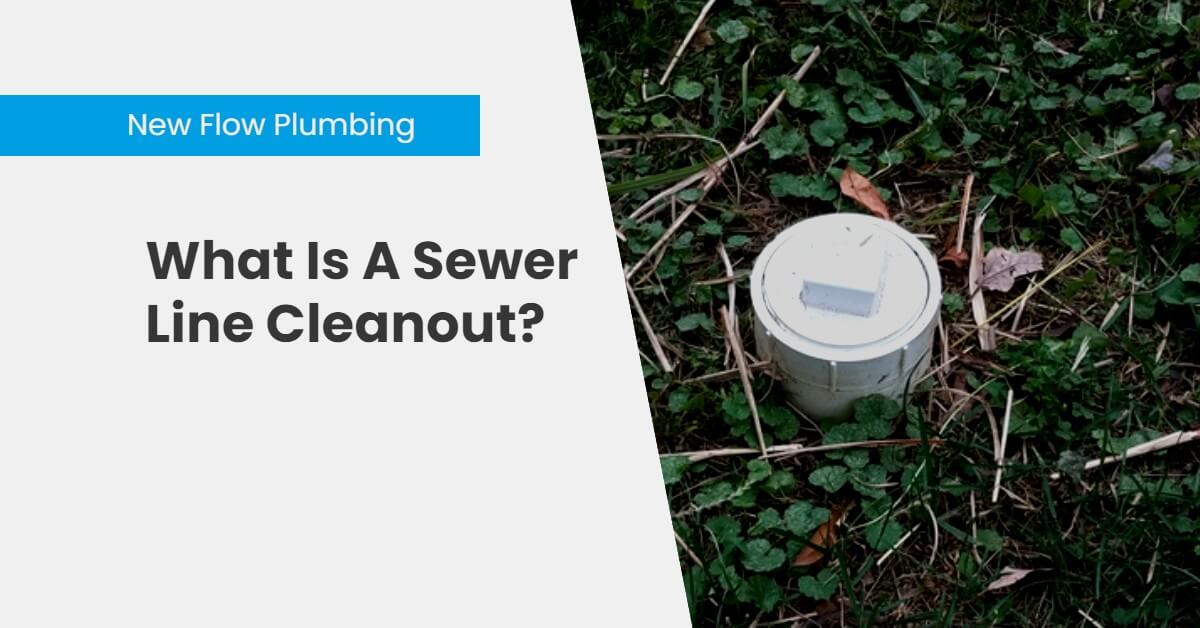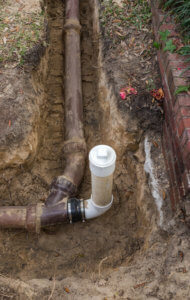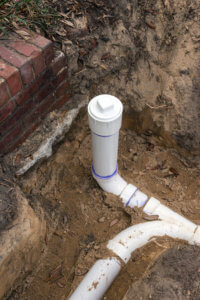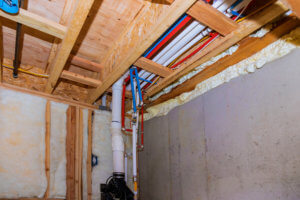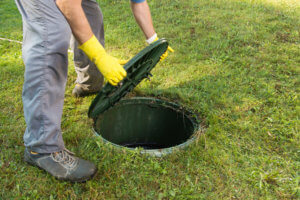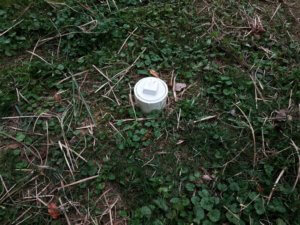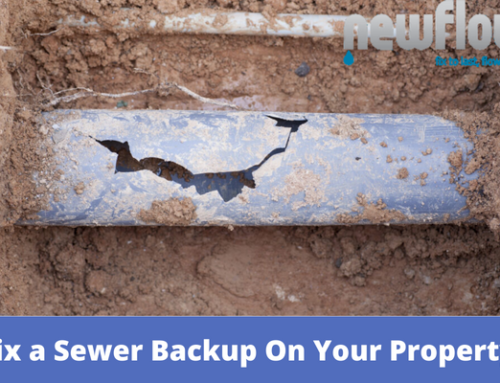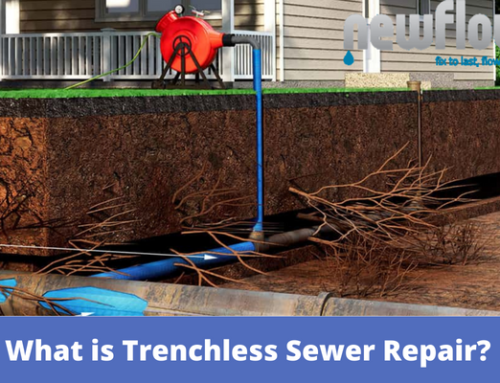What Is A Sewer Line Cleanout?
What Is A Sewer Line Cleanout?
A sewer line cleanout, also called a drain cleanout, is a direct access point to the main sewer line inside or outside your home. Your main sewer line runs under your home and connects to the city line.
The cleanout gives plumbers, sewer professionals, or other technicians the ability to reach clogs and backups without digging up lines. Only plumbing professionals should use and access the cleanout, but it’s good to know where yours is in case of an emergency.
Do All Homes Have A Sewer Line Cleanout?
No, not all homes have sewer line cleanouts. In homes without cleanouts, clogs are more challenging to reach, but it’s not impossible. A plumber can use two other access points to reach a clog: the roof vent and any toilet.
The Roof Vent – The roof vent, also called the sewer vent, allows gas from your sewer lines to safely escape your home. This way, you don’t have to smell sewer odors coming from your drains and toilets. While the sewer line is indeed accessible through the vent, getting a camera or a hydro-jetting cleaner through all the turns in the pipes can be challenging.
The Toilet – If you don’t have any cleanouts or the roof vent is too tricky to use, plumbers will have to remove a toilet from your bathroom. Now they can reach the toilet’s drain pipe and insert a sewer line cleaner or camera from there. After the work is finished, they’ll put the toilet back, don’t worry.
How To Locate The Cleanout
The sewer line cleanout is usually 3 to 6 inches in diameter and is typically black or white. Most homes now are built with PVC sewer pipes, but there are still homes across the U.S. built before the 70s made with cast iron pipes. Some homes may also have brass or copper drainage lines, though these are much rarer.
How Climate Affects The Location
Depending on the local climate, the cleanout can be located in different areas.
- Standard homes in colder climates will typically have drain cleanouts located inside the house.
- Homes in colder climates built on a slab foundation may have an outdoor drain cleanout, or the cleanout can be located in a bathroom, garage, or utility room. If you are living in a home with a slab foundation, you may need to check both indoors and outdoors.
- Homes in warmer climates will usually have an outdoor drain cleanout located in the yard.
Locating Indoor Sewer Line Cleanouts
There are a few potential places your cleanout might be hiding inside your home. Grab a flashlight, and let’s get started.
Follow your drainage pipes to the main sewage line. Drainage pipes are attached to all of your bathroom and kitchen fixtures. Look for black or white PVC or cast iron pipes that lead away from the appliance. From here, you’ll be able to reach the main sewage line.
Look for a T- or Y-shaped pipe fitting with a cap or plug. The drain cleanout is usually located on the main sewer line if it’s installed indoors. It should be just before the pipes go into your foundation. The cleanout will be on a T- or Y-shaped pipe fitting, and it will have a threaded plug with a square nut. It may also have a plastic cap covering this nut.
Check your bathrooms, utility rooms, and garage. The cleanout will be close to a cluster of drainage pipes like a full bathroom. Check each bathroom and look for a capped black or white PVC drain line. If you can’t locate it there, check your utility room or garage.
Check out more about – How To Find The Main Sewer Line In Your House
Locating Outdoor Sewer Line Cleanouts
If you can’t find the cleanout out inside of your home, it’s time to check your yard.
Walk to the septic tank or city sewer line. The cleanout should be in between your home and your septic tank location. If you are connected to the city sewer line, find the nearest manhole or a curb with a large “S” stamped into the concrete.
Start tracing backward. Once you find your septic tank or manhole, start tracking back to your home, carefully inspecting the ground along the way.
Move any obstacles. If your home is covered in lawn decorations, foliage, or anything else, they could be covering the drain cleanout.
Using The Sewer Line Cleanout
Plumbers can use your sewer line cleanout for two crucial things: hydro-jetting (cleaning the sewer line) and a sewer camera inspection.
Hydro-jetting. Hydro-jetting is a safe, effective method of pipe cleaning, designed to work with different pipe materials. Hydro-jetting uses a self-propelled nozzle that shoots up to 4,000 PSI of water, blasting everything in its path. The hose is connected to a tank of water and a machine that creates the pressure. Your pipes are accessed using a cleanout. Hydro-jetting uses different nozzles for different obstructions. Some are for tree roots, while others only clear away sludge.
Sewer camera inspection. A CCTV sewer inspection, because it’s minimally invasive, lets use see inside your sewer pipes without having to dig up your floors or knock down your walls. Sewer inspections are outstanding for preventative maintenance and can help you pinpoint at-risk sections of the pipe so you can repair them before they break. This can save you a lot of money in the long run.
Repairing A Sewer Line
If the problem with your sewer line goes beyond a simple clog, it may be time to get your pipes repaired or replaced. Sewer repair experts have two options for replacing a sewer line: traditional vs trenchless sewer line repair.
Who Can Help?
It’s time that New Flow Plumbing comes in to save the day. We’ll get you started with a CCTV sewer camera inspection to determine where your problems come from. Then, we give you a free repair estimate, followed by available repair options. Whatever the issue, New Flow Plumbing will have your plumbing running perfectly again. Call us today.

